How to tell if a farm is government subsidized or sustainable
What the Farm Bill pays for and what it does not. Five year Farm Bill 2012 coming right up.
Industrial or Government Subsidized Agriculture
|
Sustainable or Non Subsidized Agriculture
|
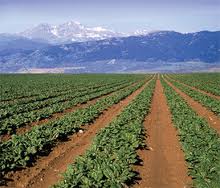 |
 |
| If you see just one crop, and rows of uncovered soil, ready to runoff with the next rain, the US Farm Bill supports it. |
Different crops in the same field and no bare soil: no subsidy. |
| Other ways to tell: |
|
 |
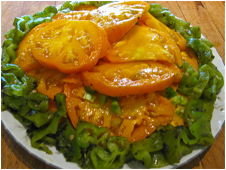 |
| If the government says not to eat it, it gets a huge subsidy. |
If the government says this is what you need to eat, it gets nothing. |
 |
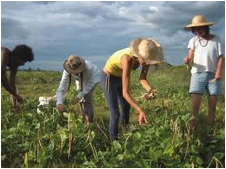 |
| IF it drives families off the land, to be unemployed in the cities, it is subsidized. Government wants huge farms with huge equipment. |
If it provides good jobs for millions of farmers and rural areas, no subsidy. |
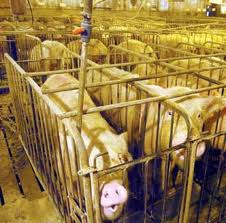 |
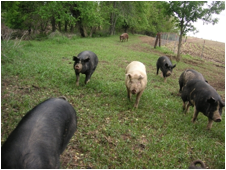 |
| Confined animals create a serious pollution problem for local water supplies and the meat has a lot of bad fats. |
Animals on pasture save the farmer money for fertilizer, and the meat has far less fat and more nutrients, including essential fatty acids. |
 |
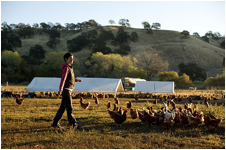 |
| causes Global Warming both from the tractors opening up the ground, and waste from confined animals. |
Organic Farms and Pastureland sequester more carbon than anything else we know how to do. If we took the subsidy for junk food and subsidized healthy food, enough land could go into organic production to end global warming. |
 |
 |
| The polluting watersheds are the ones that get 75% of the farm subsidies, just a few states in the Mississippi River basin, to grow soy and corn for the fast food industry. |
Not just American farmers, but those in Mexico and around the world, have been driven off their land by unfairly subsidized American corn and soybeans, leading to the greatest immigration in history. |
Janet Gilles May 2011 www.getgeese.org
I don’t agree with the statement that all monocrops are subsidized. We are in the Salinas Valley and all almost all vegetables and fruits are monocropped – one crop per field. This includes organics, too. And these farmers have no subsidies. The only help they get is the USDA does some research on weeds, new varieties, etc. But this is miniscule compared to other subsidies. These farmers are proud of the fact they are a thriving industry without federal subsidies.
Right. Not all monocrops are subsided. But only monocrops are subsidized. If you are rotating crops, that destroys your eligibility.
To be fair, the first statement in the post says, “If you see just one crop… the US Farm Bill supports it.” Maybe that sentence should be edited, then, if that’s not *always* true?
8kkm1r
rtsz0h
wigmxnpj
hpmobdn
8gil2g
hgc0kd